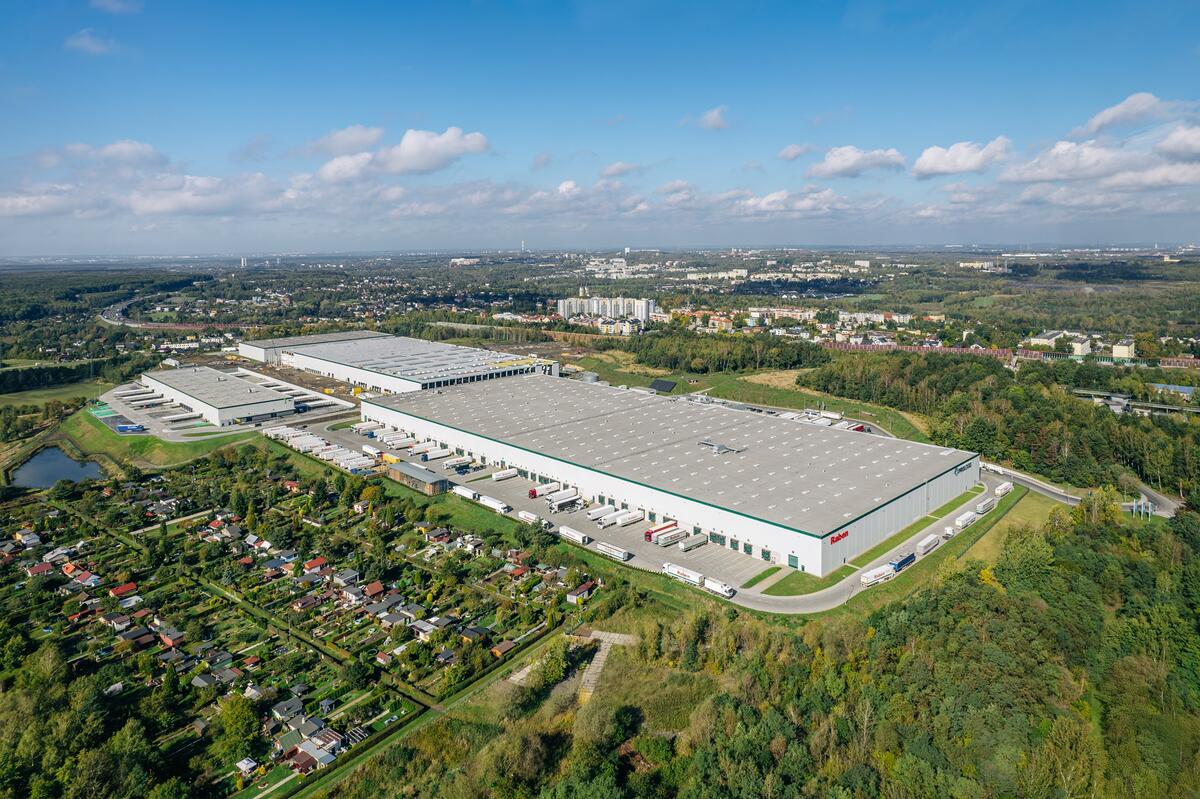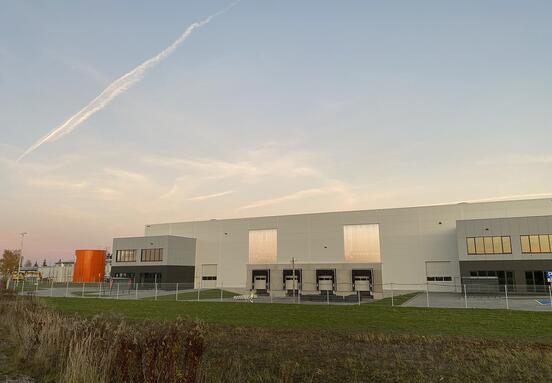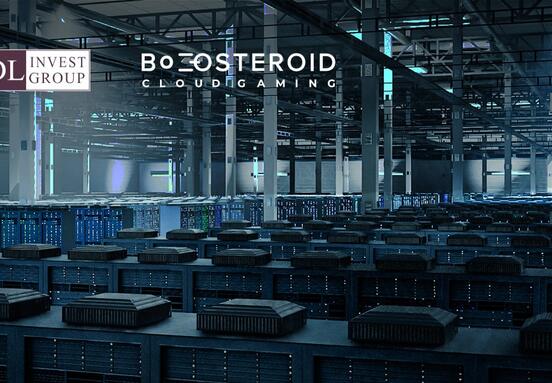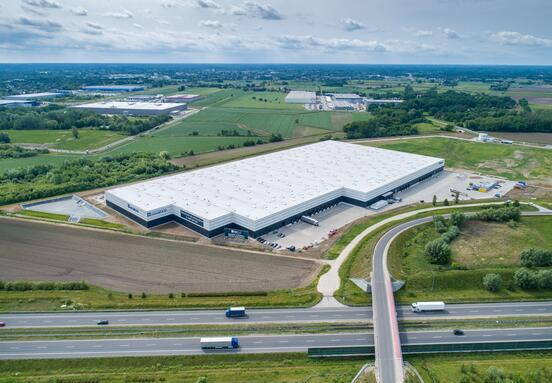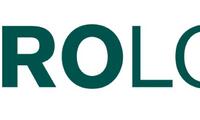The Widening Gap in European Logistics
The European logistics real estate market is a powerhouse, valued at an impressive €500 billion. However, this thriving sector is currently struggling with a critical challenge: a supply gap exceeding €150 billion. This significant deficit highlights a fundamental imbalance between the available modern logistics facilities and the escalating demand across the continent. To put this into perspective, Europe's Modern Logistics Concentration (MLC) stands at just 30, a stark contrast to the United States' 75, underscoring a pressing need for extensive new warehouse development. Bridging this gap is projected to require approximately eight years of sustained effort and investments surpassing €150 billion.
Navigating the Obstacles to New Warehouse Development
The expansion of modern logistics facilities in Europe faces a complex array of barriers. Stringent regulatory hurdles often slow down or outright prevent new constructions. Infrastructure limitations, including land scarcity and congested transport networks, further compound the challenge. Additionally, the growing emphasis on environmental sustainability means developers must adhere to increasingly demanding ecological standards, adding complexity and cost to new projects. These factors collectively hinder the market's ability to adequately respond to the burgeoning demand for high-quality logistics space.
Key Drivers Fueling Unprecedented Demand
Despite the supply constraints, the demand for modern logistics real estate continues its relentless ascent, fueled by several powerful trends. The explosive growth of e-commerce necessitates vast, efficient warehousing for seamless fulfillment and last-mile delivery. Simultaneously, businesses are prioritizing supply chain resilience, leading to increased demand for strategically located inventory storage to mitigate disruptions. Rapid urbanization also plays a crucial role, as growing city populations require more localized distribution centers to meet consumer expectations for faster, more convenient delivery.
The Urban Challenge: High Demand Meets Scarcity
The most acute challenges and opportunities within the European logistics market are found in its urban centers. Cities, being the hubs of consumer demand, exhibit the greatest need for logistics facilities. Paradoxically, these are also the areas where development faces the most significant obstacles due to land scarcity, regulatory complexities, and community concerns. As a result, properties located close to consumers in urban environments are experiencing the fastest rental growth, reflecting the intense competition for prime space. This chronic shortage of logistics capacity in Europe is not merely cyclical; it is structural, indicating a deep-rooted imbalance.
Poland: Europe's Emerging Logistics Powerhouse
Amidst these broader European trends, Poland stands out as the fastest-growing logistics market on the continent. Its strategic location, developing infrastructure, and competitive operational costs have made it an attractive hub for international logistics. Prologis, a leading global logistics real estate provider, is consistently expanding its commitment in the country, currently managing 2.6 million m² of logistics and manufacturing properties and actively developing new projects. This growth underscores Poland's increasing importance in the European supply chain network.
For businesses looking to secure optimal logistics solutions in Europe, understanding these market dynamics is crucial. Strategic planning and early engagement are essential to navigate the competitive landscape and ensure access to modern, efficient warehouse and distribution facilities.
Source: prologisce.eu
